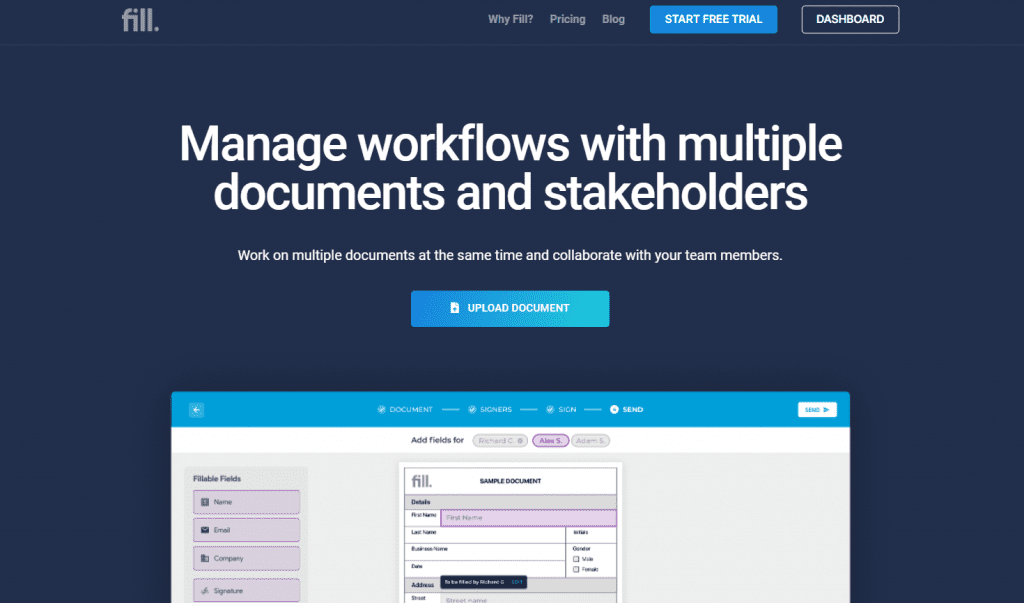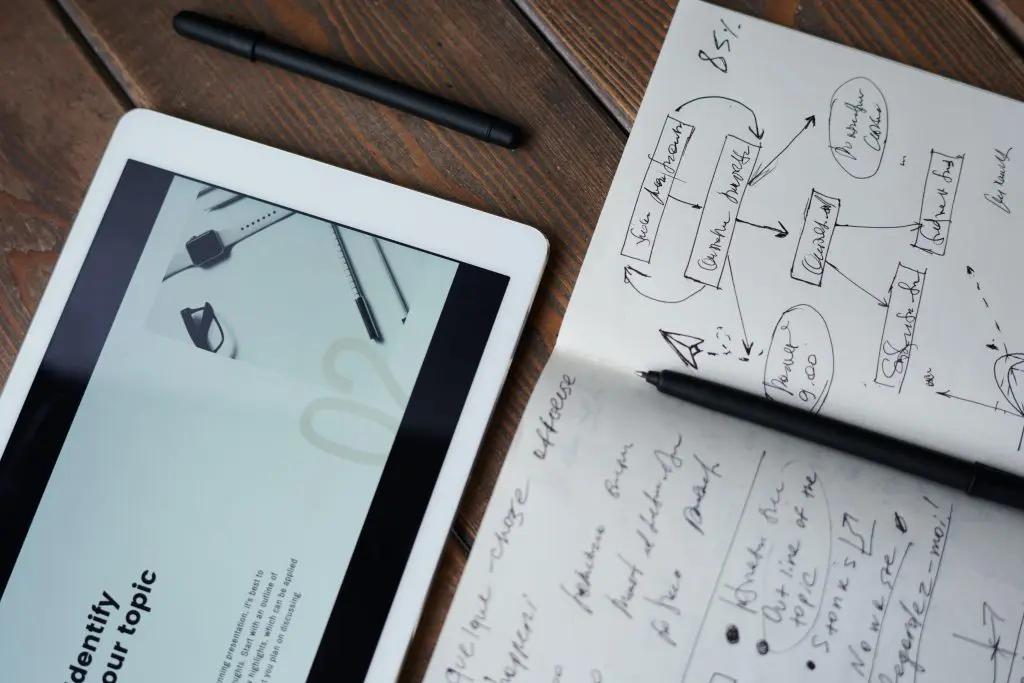Have you ever thought about what offices would look like in the next five to ten years? One thing is for sure. The future of offices won’t just be all about virtual workspaces and online whiteboards. There could be a significant change in workplace dynamics. Companies may need to adapt and redesign their office spaces to provide a more conducive blended working environment.
This post aims to find out more about “what is the future of offices?” and why companies should start looking into trends and prepare for the inevitable.
Table of Contents

Given that more and more workers are shifting to remote and home-based working, it’s apparent that it will cause a significant change to how companies will design their future offices. Conventional office spaces could turn into contemporary workspaces. Companies may also look into providing more conducive spaces for doing hybrid work.
Why Is the Future of Offices Important?
By looking into the future of offices, you’ll be able to prepare and get ahead of the competition. You’ll also gain more insights into the current and emerging trends in remote and hybrid work. It’ll also come in handy if you need to conceptualize some innovative concepts that can help overcome the challenges of today’s hybrid work setup.
What Is Hybrid Work, and Why Does It Matter?
Hybrid work is an ever-evolving work model that focuses on flexibility and productiveness. With hybrid work, workers can choose their preferred work setup based on what they perceive as more advantageous or favorable. Despite having the freedom to work remotely, hybrid workers may still need to report to their respective offices whenever there’s a need to do so.
By offering a flexible working environment that supports hybrid workers, companies can minimize their operating expenses while maximizing their employee’s productivity and overall satisfaction.

What Is the Future of Offices? A Glimpse into the Future of Hybrid Working
The future of offices is a conducive work environment where onsite and remote workers can proactively work together and achieve a common goal. It’ll be a place that suits the contemporary lifestyle of a modern-day worker. It’ll also provide employees the freedom to work in an outdoor or indoor setup with casual and cozy spots for unwinding and productive conversations.
The following factors play a crucial role in developing office spaces that are ideal for hybrid working:
- Technological Changes. For example, companies could adopt the BYOD (bring your own device) concept to support hybrid employees while mitigating the risks of security threats.
- Employee Wellbeing. Instead of cubicle farms, the future of offices will most likely feature ergonomic designs that can provide ease and comfort.
- Employee Satisfaction. The overall vibe of the office could positively or negatively affect an employee’s mood and level of satisfaction. For example, a noisy office could distract your employee’s ability to focus.
- Area Size and Location. Small offices may need to come up with space-saving solutions while fully maximizing the benefits of hybrid work. Companies with small office spaces may also switch to paperless transactions to avoid the accumulation of hard copies, which could later turn into unnecessary clutter.
- Flexibility. A flexible working space enables workers to work without feeling confined. It also helps foster their creativity, allowing them to think beyond the norms.
What Are the Future Trends in Office Management?
The following examples showcase the current and future trends in office management:
1.) Virtual Workspaces — With virtual workspaces, companies can manage a mobile workforce without being bound to a single location. Companies can also hire skilled professionals outside of their main office or headquarters.
2.) Office Management Software — The use of office management software enables companies to streamline their workflows while providing their teams with communication tools for virtual meetings and collaborations.
3.) Workflow Automation — By automating repetitive and mundane tasks, companies can save time while increasing the speed and output of production. Workflow automation can also help enhance the process of remote employee onboarding, allowing them to go through the onboarding process with the help of AI assistants and interactive guides.
4.) Cloud-based Solutions — The future of offices will become more dependent on secure cloud-based solutions to safeguard and protect their data from advanced threats and sophisticated cyber attacks.
5.) Paperless Document Management — The future of offices and remote work will undoubtedly rely more on paperless document management systems (DMS) to enhance productivity and maintain regulatory compliance. There will also be a significant increase in the demand for secure and mobile-based document management solutions.
This is where Fill can help. With our mobile-friendly cloud-based app, you can fill out and sign documents online and maintain compliance with real-time audit trails and activity logs. You can also design and execute reusable templates to ensure a smooth and convenient transaction.
Some key features of Fill are as follows:
- Unlimited storage and eSignature requests
- Military-grade 256-bit encryption
- User-friendly cross-platform interface
- Real-time analytics and document logs
- Customizable templates and live forms
- Mobile-friendly applications
Sign up for a trial account here to see how it works.

Key Takeaway
What is the future of offices? Sooner or later, you’ll see a rapid transformation in office designs where narrow cubicles will be nothing more but a thing of the past. You’re looking into a future where you’d no longer have to pass through those bulky file cabinets and empty print stations. Instead, you’ll find an array of spacious modular hubs for hybrid meetings and spontaneous collaborations.
With Fill, you can simplify your document processes and keep track of your tasks while on the go. Transform your phone into a portable office and have all your documents signed without ever missing a deadline. Sign up for a Fill account today and experience what it’s like to work from anywhere, at any time. Click here for a free tour.




